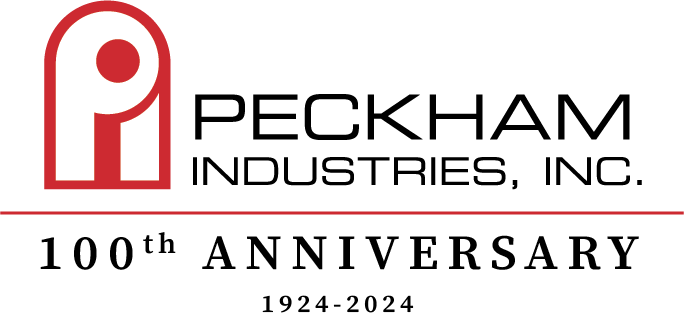Superpave is a pavement that can be customized by adjusting the design mix of constituent materials from aggregate proportions to liquid asphalt content and types of Performance Grade binder to withstand the volume and weight of traffic to allow a better quality and extended service life of pavement. When it is determined Superpave is the best choice, specifications should be chosen, understood, and repeated as shown. Superpave Standard Specifications are written, tested, and proven true by each state’s Department of Transportation to best suit the needs of the road and the surrounding environmental concerns brought by each varying region. Using standard state DOT specifications are very important as these mixes have gone through rigorous testing, as well as proven by the test of time to support the pavement needs. DOT specifications can be found online through each governmental entities website.
Once the use, and/or volume and ESALs are determined for your bituminous asphalt courses, you can take your specification factors to customize your best pavement yet. Superpave can be broken down as listed below;
ESALs: Equivalent Standard Axles Load(s)
The ESALS are determined upon traffic load. The ESALs are adjusted by adding more liquid for lower ESALS or less liquid for higher ESALs. The liquid is the “glue” that will hold your pavement together. The lower the ESALS the less traffic levels (gyrations) and vice versa.
- < 0.3 Less than 3 million ESALs
- > 30 Greater than 30 million ESALs
- < 30 Less than 30 million ESALs
Series: Series will determine the compaction and testing regulations of each mix. The higher series are less compaction, and less testing.
- 50 Series
- 60 Series
- 70 Series
- 80 Series
Aggregate Sizes: Aggregates proportions are sized and placed in mix not only to compact well, but to withstand the weight placed upon the pavement. The aggregates may seem the same, but the proportions vary, which gives the mix different capabilities depending on the application.
- 9.5MM Top Course, Sand, #1 Stone- Finer mix for bearing lesser traffic
- 12.5MM Top Course, Sand, #1 Stone, #1A Stone- Additonal stone added for bearing higher traffic
- 19.0MM Binder Course, Sand, #1 Stone, #1A Stone, #2 Stone- Regular Binder Course
- 25.0MM Binder Course, Sand, #1 Stone, #1A Stone, #2 Stone- Dense Binder Course
- 37.5MM Base Course, Sand, 1 Stone, #1A Stone, #2 Stone, #3A – Standard Base Course
PG Binder: Perfomance Grade Binder, or PG Binder is this liquid which will hold your mix together. The mixes can be modified by refining the asphalt. These are examples and standards of NYSDOT nonclementures. A unique PG Binder grade is determined by high/low pavement temperature in Celsius.
- PG 64S-22 Standard Liquid Asphalt
- PG 64H-22 Heavy Liquid Asphalt
- PG 64V-22 Very Heavy Liquid Asphalt
- PG 64E-22 Extreme Heavy Liquid Asphalt
There are also other additives that can be added to modify the asphalt such as polymer to give the asphalt a greater elasticity for reducing pavement distress in high traffic, heavy load bearing roads. An Anti-Strip agent can also be added to the liquid binder to create better bond between the aggregates and liquid. Anti-Strip can be partial when limited stone sources are available in a particular region. You can even alter Superpave to include Warm Mix additive which extends the paving season, and reduces emissions at the point of production.
Friction: Types of friction are determined by the source and characteristics of aggregates as well as the use of pavement.
- F9 Type 9- No friction requirement. Used for Base and Binder Courses
- F3 Type 3- Minimal friction requirement. Used for Top Courses
- F2 Type 2- Moderate friction requirement. Used for Top Courses
- F1 Type 1- High friction requirement. Used for Top Courses
I bet you’re thinking “Why wouldn’t why I just go with the highest of all these components and build myself super pavement with superpave?” In order to best preserve the life cycle of the road to its fullest ability, as well as maintain cost efficient paving, it really is best to use what you need. There isn’t a magical upgrade to superpave that will give you an invincible finished pavement. Each mix is scientifically customized to fit what the pavement needs, and because of this, sometimes less is more. With superpave you can find more value, savings and a longer life cycle in pavement applications. They don’t call it super for nothing!
